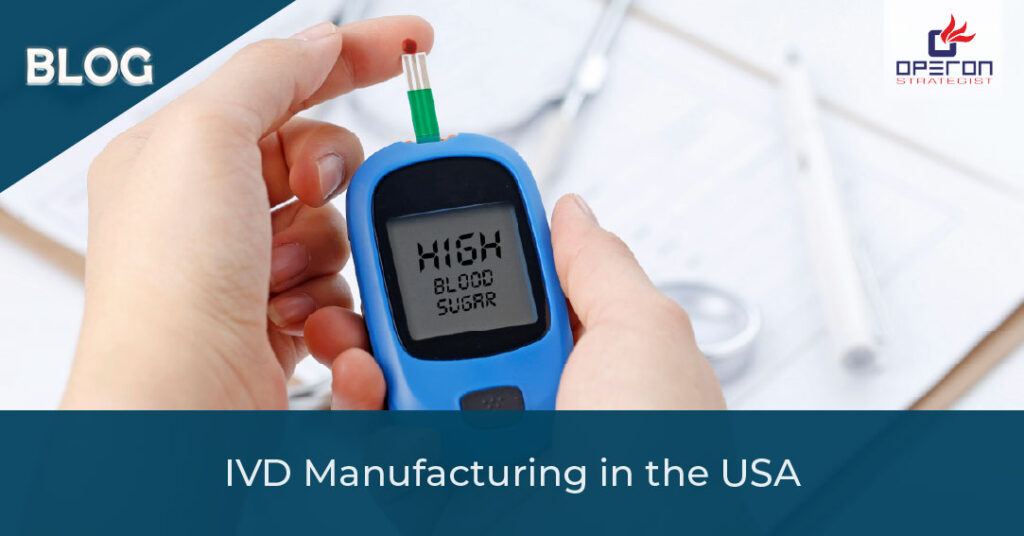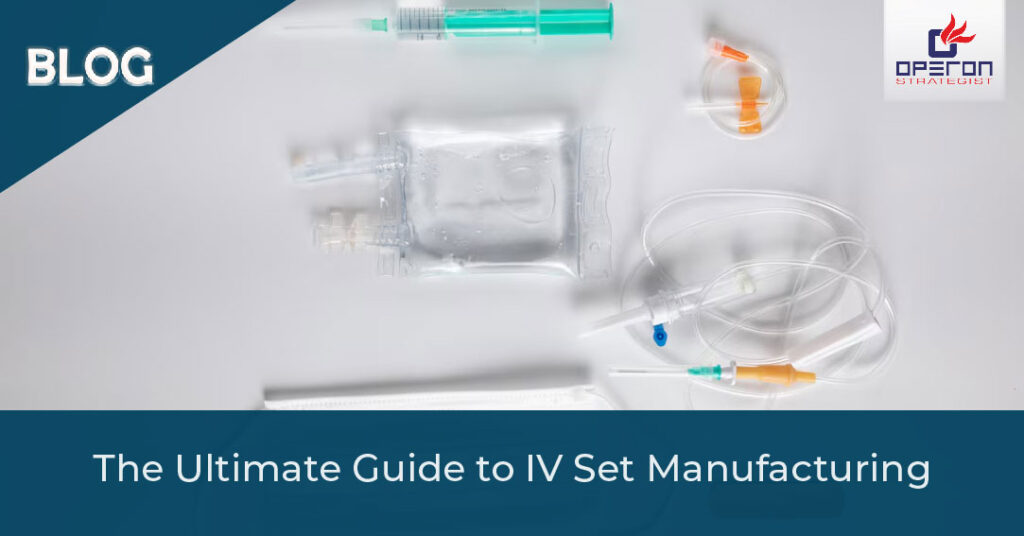
Introduction
The global demand for In Vitro Diagnostic (IVD) devices is growing fast, especially in the USA, where early disease detection and personalized treatment are driving innovation. If you’re planning to enter this space, setting up an IVD manufacturing plant is a strategic move. However, the process involves more than just installing machines. It demands careful planning, regulatory compliance, quality control, and a clear understanding of the US medical device market.
What is IVD Manufacturing?
IVD (In Vitro Diagnostics) refers to medical devices and reagents used to test samples like blood, urine, or tissue taken from the human body. These tests help in disease detection, diagnosis, and monitoring. Common IVD products include glucose meters, pregnancy test kits, COVID-19 test kits, and reagents.
IVD manufacturing involves producing these diagnostic tools under strict quality and regulatory guidelines to ensure safety and effectiveness.
Step-by-Step Process to Set Up an IVD Manufacturing Plant
1. Market Research and Product Selection
Start with detailed market research. Identify high-demand IVD products, analyze competitors, and determine your niche—clinical chemistry, immunoassays, hematology, molecular diagnostics, or point-of-care testing.
Choose products based on:
- Target market (e.g., hospitals, labs, home-use)
- Technology trends
- Regulatory pathway (Class I, II, or III devices)
- Investment and return potential
2. Regulatory Requirements in the USA
In the U.S., the FDA regulates IVD devices under the medical device framework. Compliance with 21 CFR Part 820 (Quality System Regulation) is mandatory.
Depending on your device classification, you may need:
- FDA Registration and Listing
- 510(k) clearance, De Novo classification, or Premarket Approval (PMA)
- Labeling compliance under 21 CFR Part 809
- Clinical performance data (if applicable)
Ensure you understand the specific regulatory requirements for your product early in the development cycle.
3. Facility Planning and Site Selection
The location and layout of your plant are critical for smooth operations and regulatory compliance.
Key factors to consider:
- Proximity to logistics and suppliers
- Zoning and local laws
- Space allocation for:
- Raw material storage
- Manufacturing
- Quality control and testing
- Clean rooms
- Packaging
- Warehousing
Follow ISO 13485 and FDA QSR principles when designing the layout to ensure process efficiency and contamination control.
4. Clean Room Setup
Most IVD products require manufacturing in a controlled environment to prevent contamination.
Key points for clean room design:
- Follow ISO 14644-1 standards for classification (e.g., ISO Class 7 or 8)
- Control for temperature, humidity, and particle count
- Proper air handling units (AHUs) with HEPA filters
- Clean room gowning areas
- Routine cleaning and environmental monitoring
A validated clean room setup is essential for consistent product quality and FDA inspections.
5. Machinery and Equipment
The equipment needed depends on your product line. Typical IVD manufacturing machines include:
- Automated filling machines for reagents
- Labeling and packaging units
- Blister sealing machines
- Lyophilizers (for freeze-dried products)
- Incubators and spectrophotometers
- Quality control instruments
Choose machines with validated performance and ensure regular maintenance and calibration schedules are in place.
6. Implementing Quality Management Systems
A robust Quality Management System (QMS) is mandatory for IVD manufacturers in the USA.
What your QMS should cover:
- Document control and SOPs
- Training and competency records
- Risk management (ISO 14971)
- CAPA (Corrective and Preventive Actions)
- Internal audits
- Batch records and traceability
- Complaint handling and recall procedures
For global recognition, get certified to ISO 13485. It also supports smoother entry into international markets.
7. Hiring Skilled Workforce
An IVD plant needs both technical and regulatory expertise. Hire professionals in:
- R&D and product development
- Regulatory affairs and compliance
- Quality assurance and quality control
- Production and maintenance
- Microbiology and clinical validation
Train all employees on GMP (Good Manufacturing Practices) and FDA requirements.
8. Raw Material Sourcing and Inventory Management
Secure reliable suppliers for your reagents, plastic consumables, cartridges, and labels. Ensure they provide:
- Certificate of analysis (CoA)
- Material safety data sheets (MSDS)
- Lot traceability
Set up an inventory system to track material use, prevent stockouts, and reduce waste.
9. Product Testing and Validation
Every IVD product must be tested and validated before it reaches the market.
Common tests include:
- Sensitivity and specificity
- Precision and reproducibility
- Stability testing
- Interference and cross-reactivity studies
Maintain proper documentation of validation protocols and results for FDA audits.
10. FDA Registration and Product Launch
Once your plant and products are ready:
- Register your establishment with the FDA
- Submit your 510(k) or PMA if needed
- Ensure labeling and IFUs (Instructions for Use) are FDA-compliant
- Set up post-market surveillance and complaint handling systems
After approval, you can begin distribution across the USA.
Why Work With Operon Strategist?
Operon Strategist is a trusted regulatory and technical consulting firm that supports IVD manufacturers across the USA. Whether you’re starting from scratch or scaling operations, our team helps you navigate each step with clarity and confidence.
Our services include:
- Facility layout planning and clean room design
- QMS setup and ISO 13485 certification support
- FDA 510(k), PMA, and De Novo submissions
- Technical documentation and regulatory gap analysis
- Equipment selection and validation
- Staff training on GMP and FDA QSR
We bring hands-on experience with IVD products and help ensure your plant meets both regulatory and business goals. Our turnkey solutions are tailored for startups and established companies alike.
Need help getting started? Operon Strategist can guide you from concept to commercial launch with regulatory clarity and operational confidence.
Contact us today to start building your IVD manufacturing plant the right way.


